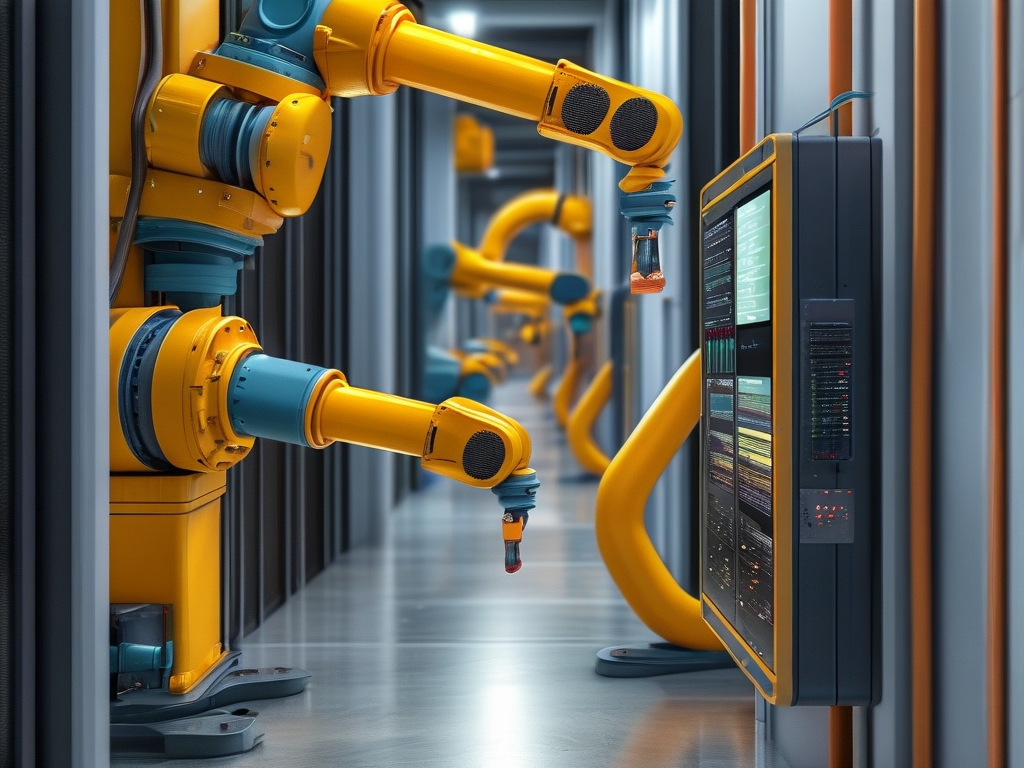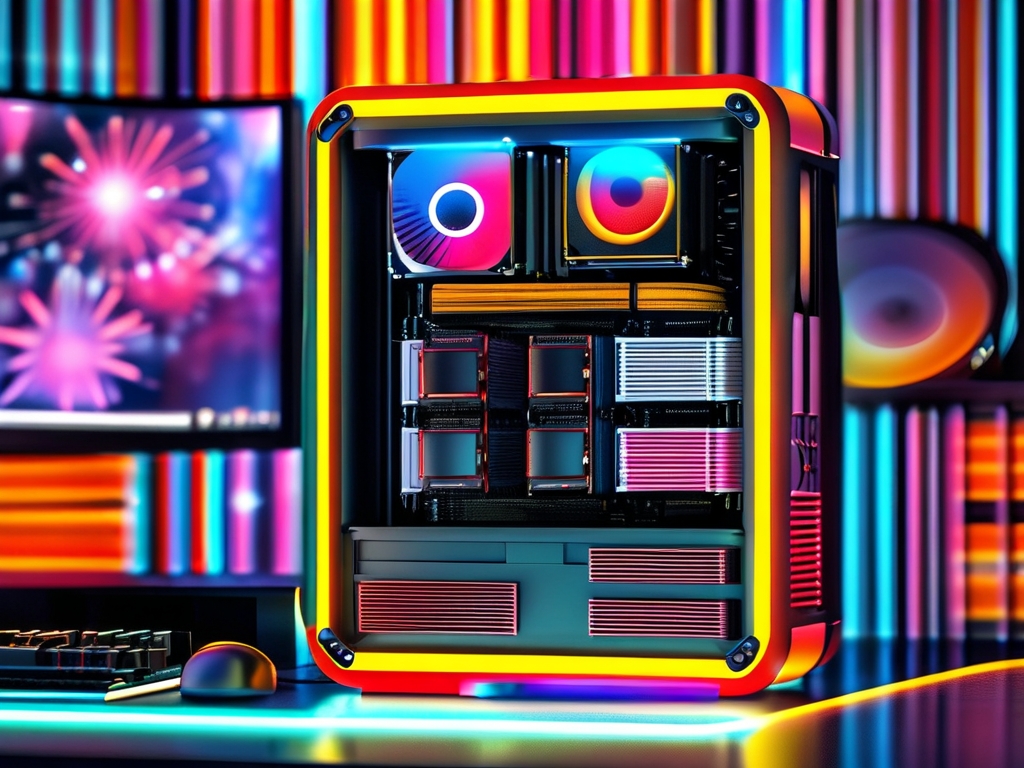Embedded systems form the backbone of modern technological advancements, powering everything from smart home devices to industrial automation. At the forefront of this transformative field is Daesh Intelligence, a trailblazer in embedded development solutions. This article explores how Daesh Intelligence leverages cutting-edge technologies to redefine embedded systems, their applications, and the future of intelligent device ecosystems.
The Evolution of Embedded Systems
Embedded systems have evolved from simple task-specific controllers to complex, interconnected platforms capable of real-time data processing and machine learning. Daesh Intelligence has been instrumental in this evolution, focusing on three core pillars: efficiency, scalability, and security. By integrating advanced microprocessors, IoT connectivity, and AI-driven algorithms, the company has developed embedded solutions that address the growing demands of industries such as healthcare, automotive, and smart infrastructure.

Daesh Intelligence’s Technological Edge
-
Real-Time Operating Systems (RTOS):
Daesh Intelligence’s proprietary RTOS ensures ultra-low latency and high reliability, critical for applications like autonomous vehicles and medical devices. Their system supports multi-threaded processing while maintaining energy efficiency, a balance rarely achieved in conventional embedded frameworks. -
Edge AI Integration:
By embedding lightweight machine learning models directly into hardware, Daesh enables devices to perform complex decision-making without relying on cloud connectivity. For example, their smart surveillance systems use on-device facial recognition, reducing bandwidth costs and enhancing privacy. -
Security-First Design:
With cyber threats targeting IoT devices, Daesh embeds hardware-based encryption and secure boot mechanisms at the silicon level. Their recent collaboration with semiconductor manufacturers has yielded tamper-proof microcontrollers adopted by financial institutions for secure transaction processing.
Industry Applications
-
Smart Cities:
Daesh’s embedded controllers manage traffic lights, waste management systems, and energy grids in urban centers. In Shenzhen, their systems reduced traffic congestion by 22% through adaptive signal optimization. -
Healthcare:
Implantable medical devices powered by Daesh’s low-power chips monitor patient vitals and transmit data to healthcare providers in real time. A notable case is their cardiac monitor, which predicts arrhythmias with 98.3% accuracy.
-
Industrial Automation:
The company’s PLC (Programmable Logic Controller) systems integrate predictive maintenance algorithms, decreasing downtime in manufacturing plants by up to 40%.
Challenges and Breakthroughs
One major hurdle in embedded development is balancing performance with power consumption. Daesh tackled this by designing a heterogeneous computing architecture that dynamically allocates tasks to CPU cores or dedicated AI accelerators. This approach slashed energy use by 35% in their latest smart meter deployments.
Another breakthrough is their self-healing firmware. Utilizing neural networks, embedded devices can now detect software glitches and apply patches autonomously, a feature revolutionizing remote infrastructure management.
The Road Ahead: Embedded Systems in the AI Era
Daesh Intelligence is pioneering the fusion of quantum computing principles with embedded systems. Their research team recently demonstrated a quantum-resistant encryption module for IoT devices, anticipating future cybersecurity challenges. Additionally, the company is exploring neuromorphic computing—chips that mimic the human brain’s neural structure—to enable unprecedented efficiency in edge AI applications.
As the line between hardware and software continues to blur, Daesh Intelligence’s innovations in embedded development are setting new industry benchmarks. By prioritizing adaptability, security, and intelligent processing, they are not just keeping pace with technological trends but actively shaping the future of embedded ecosystems. Their work underscores a fundamental truth: in an increasingly connected world, the smallest embedded systems often drive the most significant transformations.






